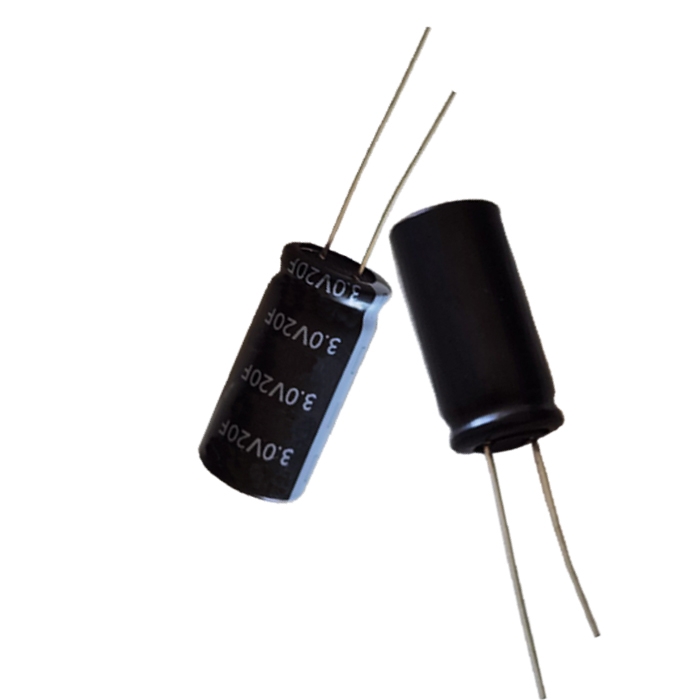Consulting phone:
135-3037-2041
(Mr.Wang)
advantage
1. Long lifespan, somewhat degraded by hundreds of thousands of charging cycles. Because the high number of charge-discharge cycles of the capacitor (200 to 1,000 in millions or more compared to most commercially available rechargeable batteries) will continue for the entire life cycle of most devices, this makes environmentally friendly devices. Rechargeable batteries are usually worn out for several years, and their highly active chemical electrolytes present handling and safety concerns. The ability to only charge an ideal speed under favorable conditions, with regard to some chemistry, optimizes battery life as little as possible.Electric double layer capacitors are combined with batteries as charge regulators, storing energy from other sources with the intent of load balancing, and then using rechargeable batteries, at the right time, any excess energy can assist.
2. Low cost per cycle.
3. Good reversibility.
4. Simple charging method, it is necessary to not fully charge and test, and there is no risk of overcharging.
5. The charging and discharging rates are very high.
6. Improved safety, non-corrosive electrolyte and low toxicity material.

shortcoming
1. Very low internal resistance--allows extremely fast discharge. When shorted, it is more risky than any other type of capacitor or electrochemical cell.
2. Has the highest dielectric absorption of any type of capacitor .
3. High self-discharge rate --- much higher than that of electrochemical cells.
4. The maximum voltage is low - series connection is required to obtain a higher voltage, or voltage balance is required.
5. Compared with electrochemical cells, the voltage of electric double layer capacitors (including other types of capacitors) will drop significantly with the release of energy. Its charging and discharging require complex electronic control and switching equipment, with consequent energy losses.Super capacitor